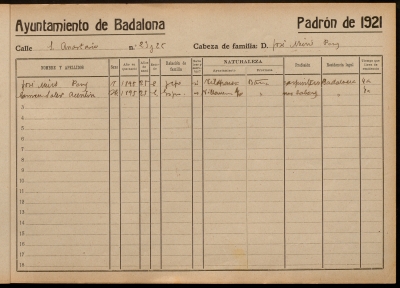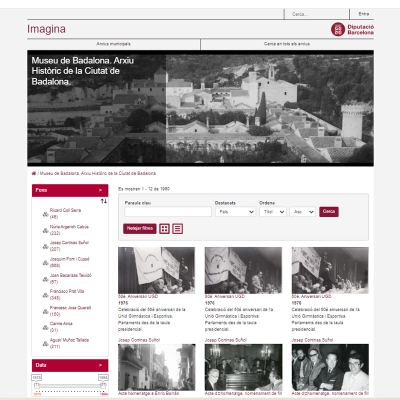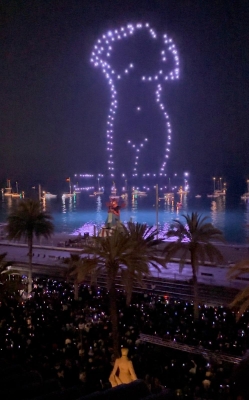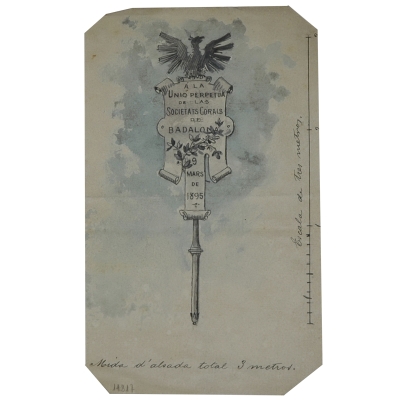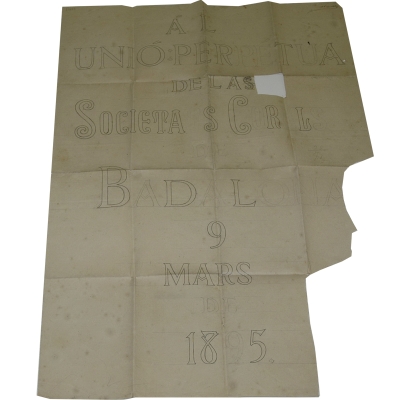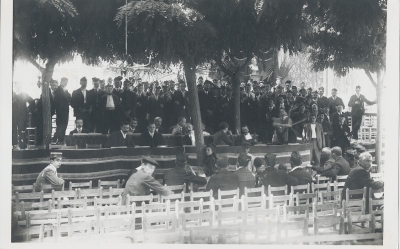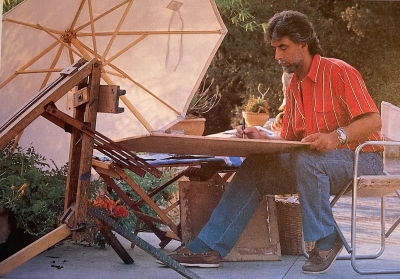In Badalona, summer smells like aniseed! Once again, an essential proposal from our city’s July agenda arrives: the Museum’s Summer Nights at the Anis del Mono factory.
An activity that invites you to discover this jewel of the heritage of Badalona, while going through the history and the countless anecdotes that have made Anís del Mono the most famous aniseed in our country. And as always, you can also enjoy a concert accompanied by an anise-based cocktail, in the fresh air of the factory patio.
Let yourself be lulled by the music and the sea breeze and come spend an unforgettable evening with us.
Ticket price: €15. Maximum 4 tickets per person.
The ticket includes the guided tour of the factory and the concert.
Tickets on the website of the Museum of Badalona (www.museudebadalona.cat) from Tuesday 18th June, at 10 am.
For capacity reasons, entrance to the venue will be staggered depending on the group. You will not be able to enter the factory outside the allotted time.
Entrance group 1. Tour in Catalan: 20:30 h
Entrance group 2. Tour in Catalan: 20:45 h
Entrance group 3. Tour in Spanish: 9 p.m
Friday 5th July
Marian Barahona trio
From Billie to Ella
Tribute to two great figures of vocal jazz: Ella Fitzgerald (1917-1996) and Billie Holiday (1915-1959). Pioneers and creators of a style that has been maintained generation after generation. The memory of both is the spirit of this proposal and beats in every note of the repertoire. A selection of emblematic standards, fresh, refined, intimate and festive, which distills the essence of vocal jazz and which comes to us interpreted by a personal voice and with a forceful base that moves between swing, jazz and bossa nova.

Friday 12th July
Swing Engine Sweet Trio
This band of swing and classic jazz, formed on this occasion by violin, guitar and double bass, will fill the corners of the factory with a suggestive and drawn-out rhythm that will invite us to dance, to the beat of such well-known music as those of Stuff Smith, Louis Armstrong or Charlie Christian.

Friday 19th July
Canela N’Drama
Festival of songs, versions and own themes that fuse the sweetness and singing of Yolanda Bretó’s voice with the passionate and eclectic guitar of Alexis Bass. A proposal that will take you from the tranquility of a secluded cove, with the sound of an havanera, to the revelry of a summer party. Because every performance of this duo is always a unique and unrepeatable encounter that make them won not only fans, but many friends!

